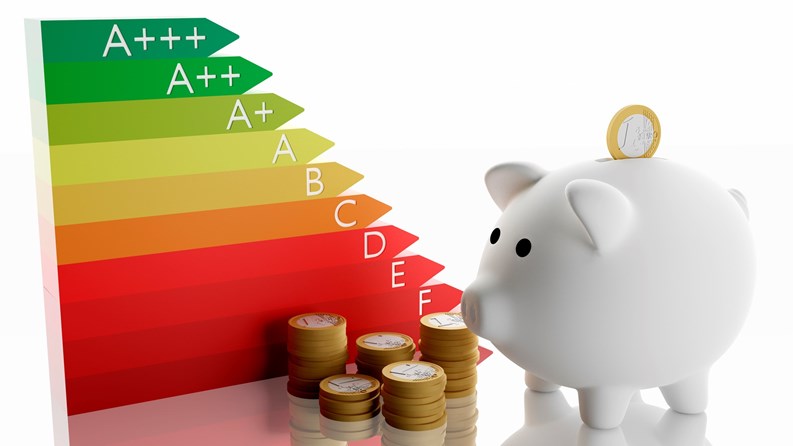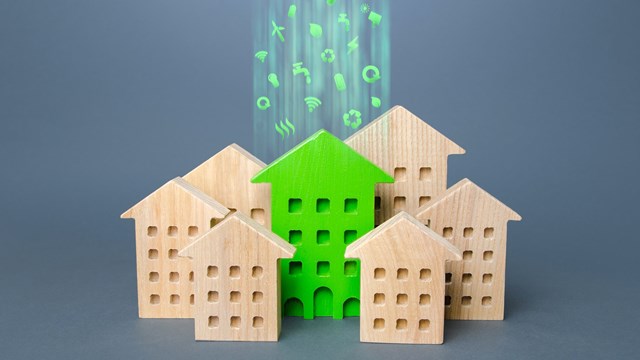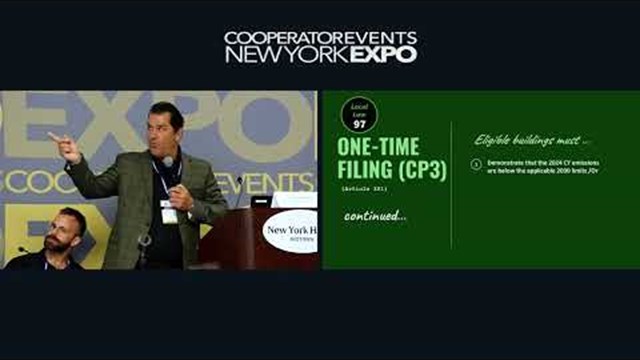At the forefront of reducing carbon emissions nationwide, New York City’s Local Law 97 is prompting co-op and condominium communities to confront and reduce their carbon footprints. More often than not those efforts require costly upgrades and retrofits to existing systems, such as conversion of HVAC systems away from fossil fuels to electricity.
However, among all the labor- and cash-intensive projects is a less-discussed path to reducing emissions: carbon reduction programs (CRPs). They’re effective, efficient, and best of all, they're free.
What’s a Carbon Reduction Program?
“A carbon reduction program,” or CRP, explains Alexander Zafran, Director of Business Development for Logical Buildings, a national climate technology company based in New York, “is a systematic means of incentivizing every resident to help eliminate or minimize their building’s energy inefficiencies.”
Tracking energy costs is the first, cost-free step to take, says Zafran. “Buildings that don’t track their energy usage, costs, and carbon emissions are unnecessarily flying blind.” After all, how can you budget for or fix what you can’t measure? “Before a building can devise a comprehensive Local Law 97 strategy, lower expenses, or improve efficiency, it needs to look ‘under the hood’ at how and when energy is being used.”
Typically, energy costs in a co-op or condo should be viewed a little differently than in other buildings. The analysis requires an extra step: common area energy usage versus resident energy usage. “Resident energy usage comprises 50% or more of total building consumption,” notes Zafran. “Even if a condo or co-op makes upgrades to the common areas to save money and increase efficiency, they still struggle to influence tenant behavior. A carbon reduction program will facilitate an improvement in this situation. A CRP in conjunction with your utility, (like Con Edison for instance), provides cash rewards for those who achieve energy reductions.”
How Does it Work?
Carbon reduction programs are a win-win strategy that can help multifamily buildings achieve energy reduction goals and compensate residents for making smarter energy choices. The less energy consumed by residents, the lower the total carbon emissions, and the better the association’s or co-op corporation’s energy letter grade and emissions levels. For the residents, annual cost savings is the principal incentive. And the savings aren’t just on the energy costs themselves; if a building is facing LL97 fines for noncompliance, resident action can lower the risk of potential assessments.
Energy efficiency firms such as Logical Buildings have cybersecure data-sharing partnerships with new smart meters currently in place through Con Edison and other utility companies. Energy consumers can choose to share this meter data with Logical Buildings, unlocking near real-time electricity and natural gas data. This empowers boards, managers, and their residents to monitor usage, track carbon emissions, create savings, and even generate revenue. No physical hardware is required, and no operations are interrupted.
Zafran explains, “These savings can be monetized through a program known as Demand Response (DR), a utility program that pays customers to reduce their energy usage during specific times. To meet excess energy demand and relieve stress on the grid, Con Edison would rather pay customers to lower electricity consumption than rely on expensive power plants. When the utilities call a DR ‘event,’ customers are asked to reduce as much energy as possible for a few hours at a time. In advance of these events, a CRP works with managers to determine building-specific actions that create deep reductions without affecting resident safety or comfort. Even if they can't take all actions, the building will not be fined or penalized. Annual earnings can be used to offset energy compliance costs, recurring utility expenses, or fund other operations.”
In the ongoing effort to bring down both carbon emissions and energy costs, carbon reduction programs are a handy and cost-free tool for all forms and types of property. They are particularly valuable to co-op and condo communities, as they will save money not only for the community but for the individual owners and shareholders as well.










Leave a Comment